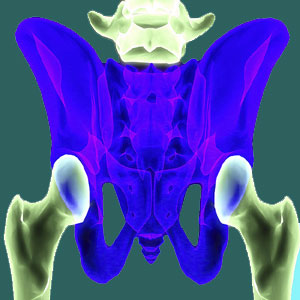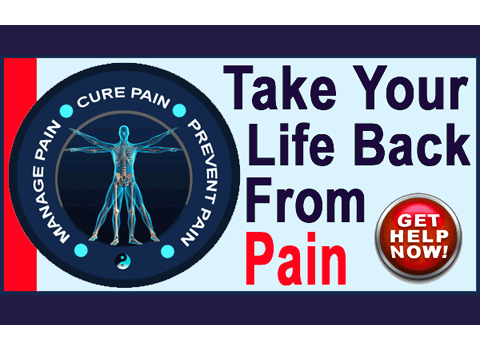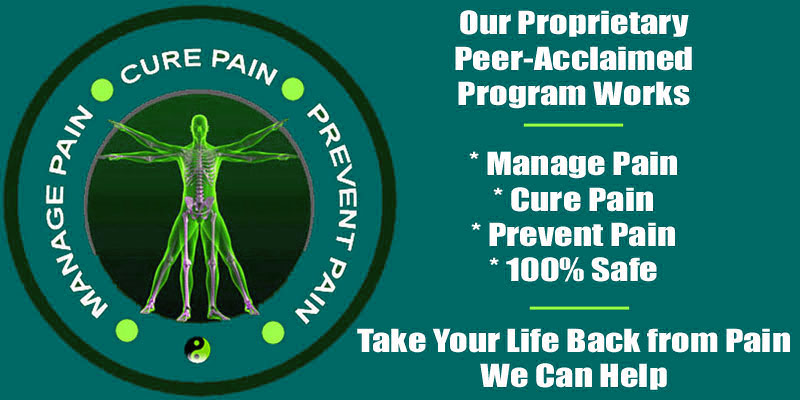
Are you suffering from a sacroiliac joint nocebo effect? If you have been told that something may be wrong with your sacroiliac joint and the consequences this might have on your life, then there is an excellent chance that you are indeed affected by the nocebo of this pronouncement.
Nocebo is a psychological effect that literally means “I will harm you”. Nocebo is a huge problem in the modern healthcare system, where doctors have manipulated and even misrepresented highly subjective information as a means to gain compliance among patients towards ever more aggressive and dangerous therapies. Nocebo is often the primary or even sole reason why pain exists, particularly in people with chronic back pain.
If these facts are interesting to you or make you furious (and they should!), then you have come to the right place to learn more. This post details the modern epidemic of nocebo effect in the healthcare sector.
Sacroiliac Joint Nocebo Background
You might have lower back pain, hip pain, sciatica or some combination of the above symptoms. All of these conditions are incredibly common in developed countries despite being largely unheard of it less developed countries. (This is a clue to societal and psychological influence immediately). Regardless, during diagnostic evaluation, there is a very good chance that the sacroiliac joint may be evaluated as part of the symptomatic origin. This is justified and expected.
There is a chance that the SI joint might be implicated in the painful expression. There may be evidence of arthritic activity and pain upon some type of manipulation testing. Since there is no definitive test that can implicate or rule out the SIJ as the source of pain, the diagnostic process is largely subjective and open to individual care provider interpretation.
Most patients will be diagnosed with some spinal issue. This is because spinal conditions like degenerative disc disease, herniated discs and arthritis are literally universal. Other spinal conditions, like stenosis and curvature abnormalities are very commonplace. In cases where these diagnoses do not explain pain and the SIJ might present evidence that does, then the joint may be targeted to accept blame as the symptomatic source. This all sounds fine thus far…
How the Nocebo Effect Works
The sacroiliac joint is one of the most important joints in the body. It connects the pelvis to the spine, joining the upper and lower halves of the body and facilitating upright posture and all the physical abilities that humans possess when standing, walking, running, etc.
The SIJ is one of the absolute strongest joints in the human body. It is extremely well-engineered and designed to last a lifetime and more. It is certainly a joint with a very limited historical history of being problematic, with largely all blame placed on it coming in the past 70 years or so, despite humans having the same SIJ design for millennia.
Once the SIJ is implicated as problematic, it does not take long for people to conclude that this will have far-reaching effects on their life. They fear being unable to stand, to walk, to work. Many care providers play up these fears, inciting fear in order to make patients compliant towards surgeries and other profitable long-term conservative therapies.
Remember that all of these therapies are largely subjective in their potential effectiveness, since there is no sure way to know f the joint is the true pain generator or not. After all, arthritis is normal. Soft tissue conditions like “SIJ dysfunction” are commonplace and can usually be resolved simply and without much fuss. However, once patients experience the fear and anxiety of the nocebo, it is this effect that now drives their pain response.
The nocebo often becomes the true source of symptoms via mindbody process with ischemia acting as the perpetuating mechanism of action. In many patients, ischemia is also the original source of pain, instead of the SIJ, the lower back, or the hip joint, which can most often be determined via objective diagnostic processing. This is the type of diagnostic work that is virtually never performed.
Overcoming Sacroiliac Joint Nocebo
Overcoming the nocebo effect of any diagnosis is of paramount importance to overcoming the pain. If the nocebo remains strong, then pain WILL persist. This is a proven fact. This also explains why people who seek care for virtually any seemingly structural pain problem (back, hip, shoulder, etc), tend to suffer much longer and much worse than people who tend to ignore transient pain and simply allow the condition to go away. There is no other logical explanation for this occurrence. The nocebo of the diagnosis confirms a real “problem” that must require treatment. Since virtually all of these syndromes exist as distractive mechanisms against sensitive psychoemotional issues, the nocebo works perfectly to reinforce their purpose; i.e. to distract and become the focus so that the emotional issues remain unconscious…
If you find the nocebo effect as compelling as we do as the source of suffering in the modern world, then please accept our invitation to read much more about it. Go to our Welcome page and check out our other websites that detail the condition fully and in relation to many diverse health concerns. You will learn enough to find your way to a cure in most cases.
Sacroiliac Joint Pain > Psychosomatic Sacroiliac Pain > Sacroiliac Joint Nocebo





